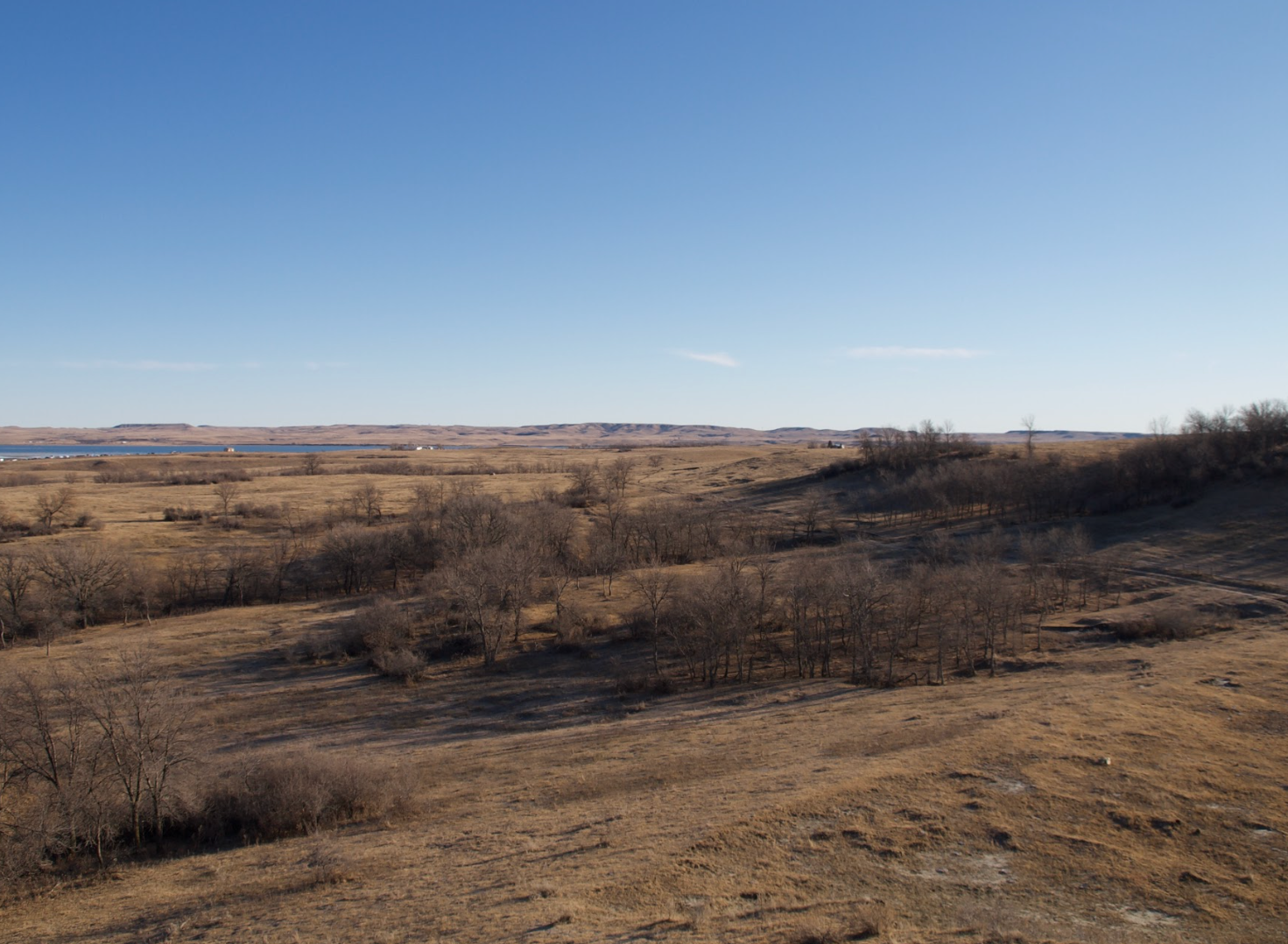Oneida Nation Embraces (More) Renewable Energy

Wisconsin-based tribe Oneida Nation has been granted over $600,000 from the federal government. The federal grant money is to be put towards both existing and new renewable energy projects the tribe has planned.
How Oneida Nation Received Grant Money
Oneida Nation was given federal grant money from the U.S. Economic Development Administration. This government administration operates an initiative called the American Rescue Plan, a $100 million Indigenous program striving to help tribal governments and communities.
Further, the American Rescue Plan provides funding to tribes to carry out projects “they need to recover from the pandemic and build economies for the future.”
How Oneida Nation will Use this Money
The federal grant money was only recently given, so the Oneida Nation doesn’t have a definitive plan or project in place yet. Still, there are a number of possibilities being explored.
One such project is creating utility-scale solar facilities on the tribe’s 65,000-acre reservation. If Oneida Nation takes this route, the grant money will support hiring a contractor and staff for 4 years to complete the project.
Another possibility is the construction of microgrid development and battery storage. In terms of microgrids, this project would significantly relieve the fear of being without electricity if the primary power grid shuts down.
Overall, whatever project Oneida Nation eventually selects, the money will help immensely.
The Assistant Secretary of Commerce for Economic Development, Alejandra Castillo, speaks quite highly of the federal grant money’s potential impacts on Oneida Nation. That said, Castillo attests the funds will support efforts to “not only build economic resilience on the reservation but also diversify its economy and create energy sector-related jobs.”
The Significance of the American Rescue Plan
The American Rescue Plan’s funding is essential in helping Native tribes and communities recover from the COVID-19 pandemic.
With that, the pandemic affected certain communities more harshly than others, especially Native American ones. According to Castillo, “Tribal communities were disproportionately impacted by the coronavirus pandemic.”
Therefore, the considerable funding Oneida Nation received can almost immediately help the tribe move forward after recent challenging years.
Additionally, Oneida Nation, and Native tribes across the country, are eager to implement projects promoting renewable and clean energy.
Without the government’s support, pursuing clean energy projects like the Oneida Nation’s would be considerably more difficult because of the financial start-up demands.
More About Microgrids & How They Help
As previously mentioned, one potential clean energy project Oneida Nation could pursue is microgrids. When an area’s main power grid is down, microgrids disconnect and operate independently, effectively providing energy.
Typically, severe weather conditions cause power grids to shut down. But, with a microgrid, essential service centers like the Oneida Health Campus (containing a health center, nursing home, elder apartments, and a daycare center) could be supported.
One tribe that has noticed the benefits of incorporating microgrids is the Bad River Band of Lake Superior Chippewa. With that, after implementing a solar microgrid, the tribe improved its energy resilience after enduring power outages at critical facilities.
Therefore, if Oneida Nation pursued a similar project, there would undoubtedly be positive repercussions.
Oneida Nation’s Current Clean Energy Projects
The recent federal grant money comes at a time when Oneida Nation is looking to expand its already-existing clean energy initiatives.
For example, the tribe previously implemented the Solar Development on Tribal Facilities (SDTF) project. This project, which also received funding from the Department of Energy, designed and built solar panels, which saw significant energy savings.
For instance, the SDTF reduced carbon emissions by 2.2 million pounds, equal to planting about 55,000 trees. On top of that, the initiative saw an annual savings of $20,000 over 2 years.
To clean energy advocates like Michael Vickerman, the policy director of RENEW Wisconsin (a non-profit promoting renewable energy), Oneida Nation is a tribe setting a positive example for others. “They [Oneida Nation] have solar to start with, but clearly they are looking to build upon what they already have,” Vickerman notices.
Overall, clean and renewable energy promotes a healthier environment, a stronger and more independent tribal community, and diversifies the Oneida Nation’s economy.

